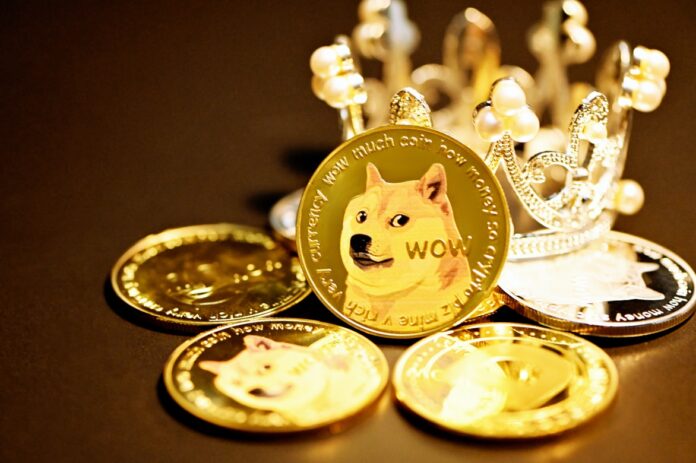
On December 6th, Dogecoin, the first dog-themed cryptocurrency in the market, turned 8 and because of that, now is a time to reflect on it, in order to better understand the psychology and dynamics behind this interesting cryptocurrency.
In case you are not yet familiar with Dogecoin, you should know that it grew in popularity during 2024, with its price reaching new milestones. Even though it continues to retrace from the highs, DOGE is currently the 11th largest crypto by market capitalization.
Table of Contents
Highlights of Dogecoin
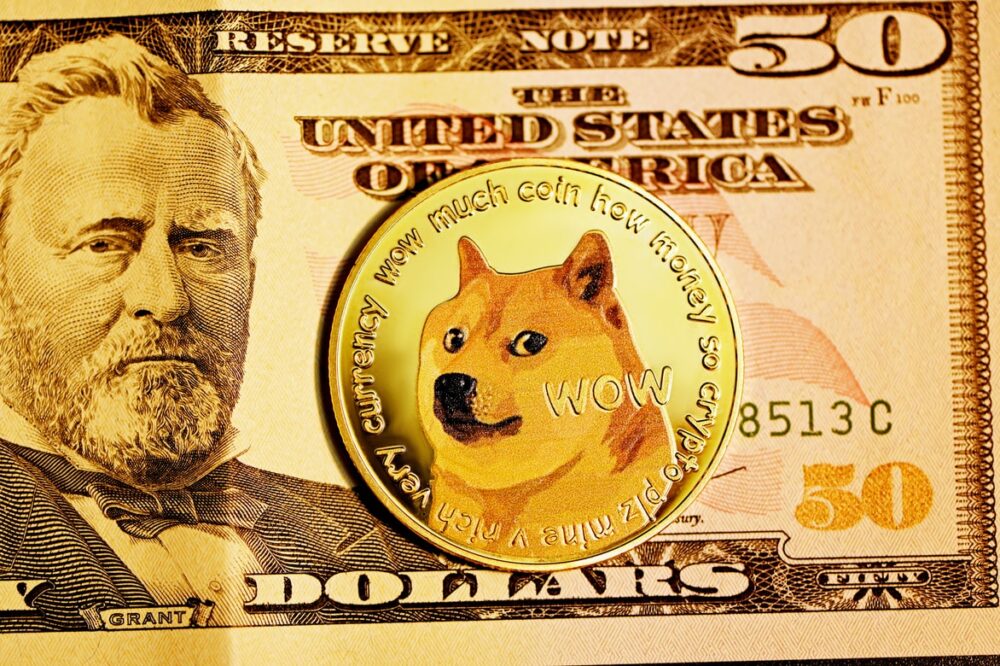
Forked from Litecoin in December 2013, Dogecoin was established by Billy Marcus and Jackson Palmer, who envisaged it as a fun, light-hearted cryptocurrency that could have a greater appeal beyond the core Bitcoin audience.
The emergence of cryptocurrencies created a fierce debate, mainly between people who continue to support the current centralized fiat monetary system and those who opt for decentralization and privacy.
Dogecoin was not created for any special purpose, which is why it raises some important questions related to financial markets and the massive decoupling of technical from fundamentals.
Originally used mainly as a tipping system on Reddit and Twitter, Dogecoin can now be traded via trading apps like easyMarkets, since its volatile price has attracted the attention of retail traders.
Just like most other cryptocurrencies, Dogecoin can be mined on Windows, Mac, or Linux, and with a GPU. Several differences are important to note, however, given it uses the Script technology, instead of consensus mechanisms such as Proof-of-Work.
A new block is created every minute exactly, and the total supply is uncapped. At the time of writing, the circulating supply is approximately 132.5 billion DOGE tokens, while the market capitalization stands at above $23 billion. This puts Dogecoin in 10th place by market cap, still one of the largest cryptocurrencies in the world, despite all the controversies around it.
The era of financial nihilism
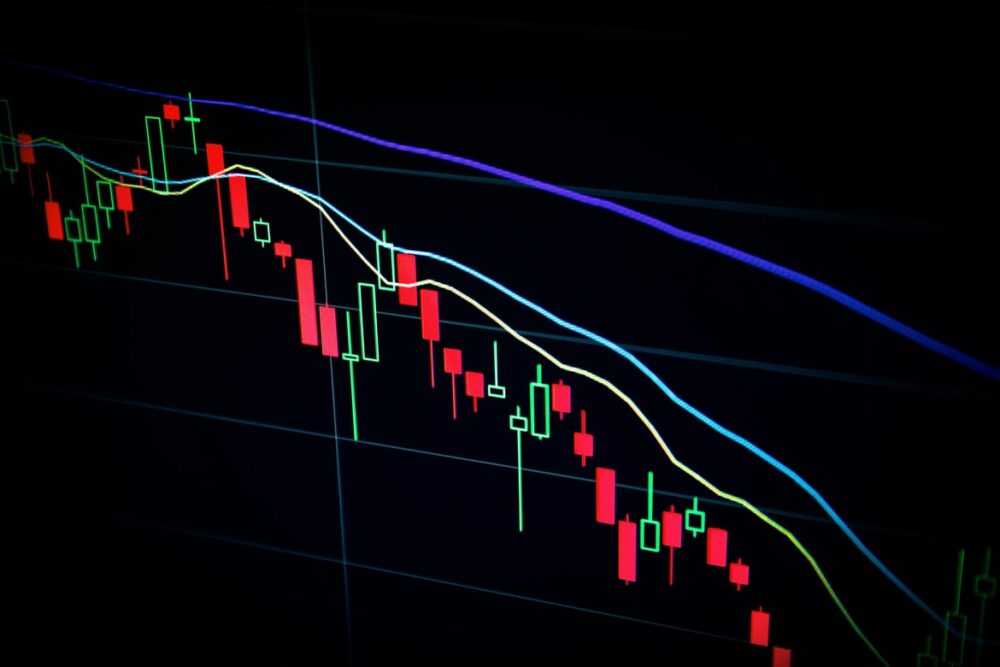
Since Dogecoin was founded as a joke, you might ask how exactly it managed to become a token valued at tens of billions of USD. Some experts attribute this abnormal market development to financial nihilism. There have been ‘crypto bubbles’ in the past, but they were built on exaggerated expectations.
Now we are witnessing an interesting phenomenon. Many retail traders, especially younger ones, are buying assets with no apparent value, thus propping up prices. Ultra-low interest rates and interventions on governments’ side incentivized aggressive risk-taking and in the process, Dogecoin has been one of the assets favored.
However, a bubble remains a bubble at the end of the day. Dogecoin retraced sharply from the all-time highs and continues to be pressured, as now markets are focusing on other assets. Ultimately, an overvalued asset will get back to normal valuations, once the euphoria around it settles.
The “Elon Musk” effect
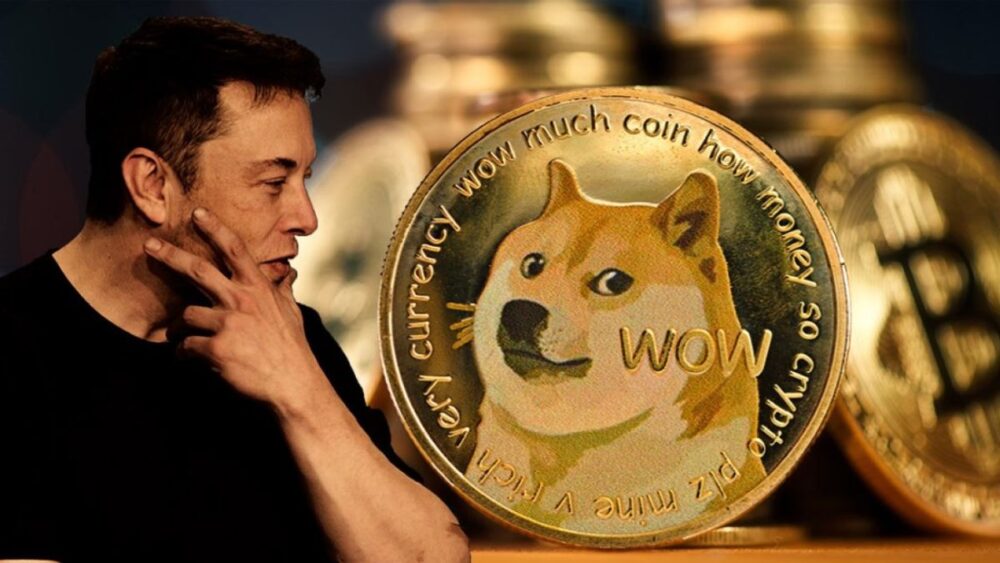
On top of the exuberance in the crypto space for almost two years now, Elon Musk, CEO of Tesla and now the richest man in the world, has had a significant contribution to driving up the Dogecoin price.
Multiple tweets have been linked with strong buying of DOGE, although that effect has now diminished. Accused several times of wanting to influence TSLA stock, Musk has shown great fondness toward the crypto space, where due to lack of regulatory oversight, he managed to use his popularity to influence valuations, without facing any penalties.
His affinity for Dogecoin continued on, and on December 14th, 2024, he announced that Tesla will accept Dogecoin as payment for some of its merchandise. The news pushed the DOGE price higher by 20% within hours, on the back of renewed speculative frenzy.
Short-term traders are sensitive to such news and, driven by FOMO (fear of missing out), they tend to enter and excite the market impulsively, creating distorted moves in price action. Just like in the past, the DOGE euphoria was short-lived, considering the token is posting a 10% decline at the time of writing.
Despite the controversies surrounding Dogecoin, its story will be told among traders for years. Its price is still volatile and as many brokerages are now offering DOGE derivatives, people continue to take advantage of price swings.
Why Dogecoin is still popular among traders
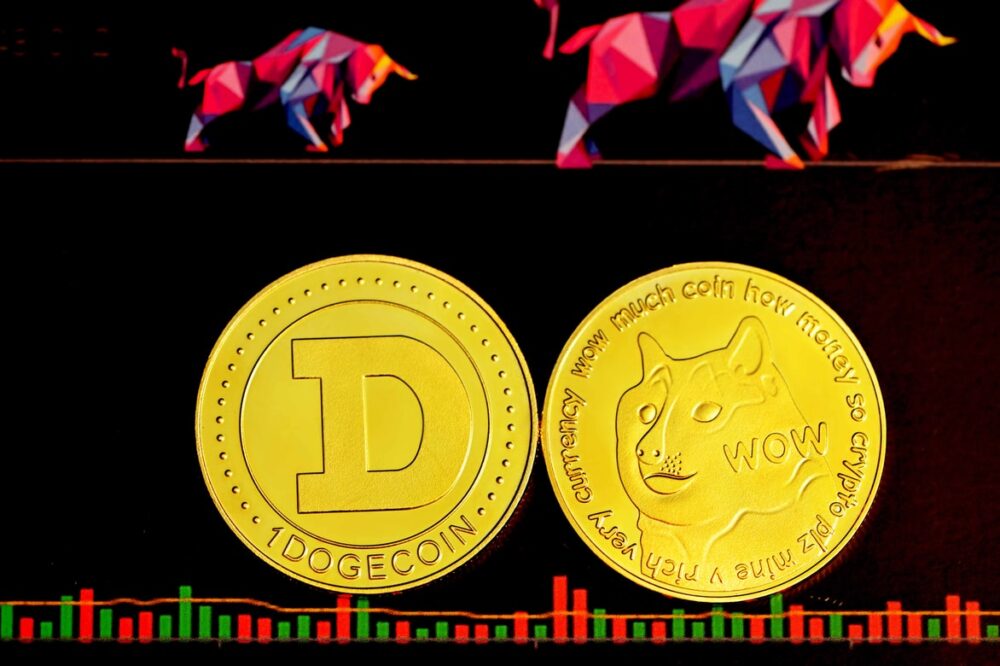
Experts can continue to argue that Dogecoin has no real future in the world of finance. That does not seem to influence traders’ involvement in this digital asset. DOGE trading volumes are still high, and even higher when accounting for trading activity related to derivatives based on this crypto.
The main reason for this is volatility. DOGE and other cryptocurrencies might not have intrinsic value, but as their valuations fluctuate impulsively, a proper environment for speculation is inevitably created.
At the same time, high volatility means higher risks involved, which is why traders need to adopt a professional approach, take calculated risks, and apply rules-based methodologies (though they don’t always).
Intensive media coverage has certainly raised awareness to Dogecoin. Divergence of opinions (those who believe that DOGE has potential and those who don’t) is what makes the market function, since that is what causes buying and selling at the end of the day.
Dogecoin – a catalyst for other dog-related coins?

As Dogecoin grew to unexpected levels, it incentivized the creation of other “meme tokens” with a similar structure. SHIBA INU, Dogelon Mars, Samoyedcoin, and MonaCoin are just some of them. SHIB was a notable one as it surpassed DOGE’s market capitalization, reaching a spot among the top 10 cryptocurrencies in the world.
All of these developments reinforce the fact the world is experiencing another period of exuberance in the financial industry. The enthusiasm generated by digitalization and blockchain is leading to valuations that are difficult to comprehend.
That’s the main reason why, rather than having long-term exposure to crypto, it would be better for the average trader to opt for a short-term approach, as it is possible to trade DOGE and other altcoins using popular brokerage brands.
The price will not keep pushing up so aggressively forever. At some point, a pullback is bound to occur, leaving those who bought at the top in a difficult position.







